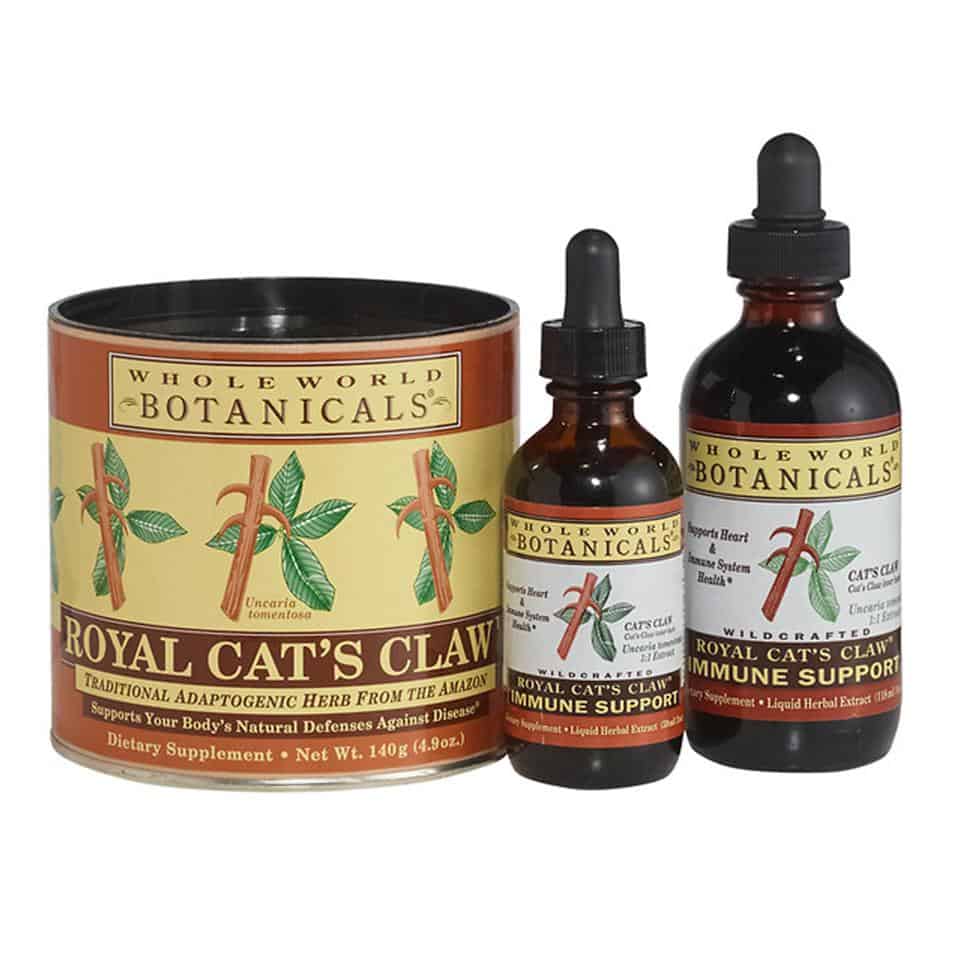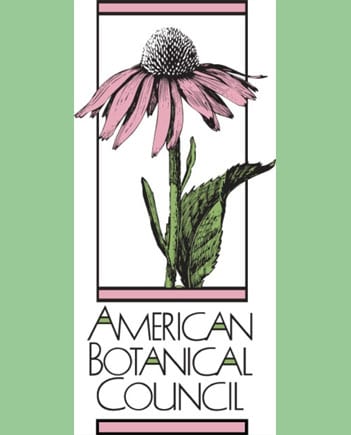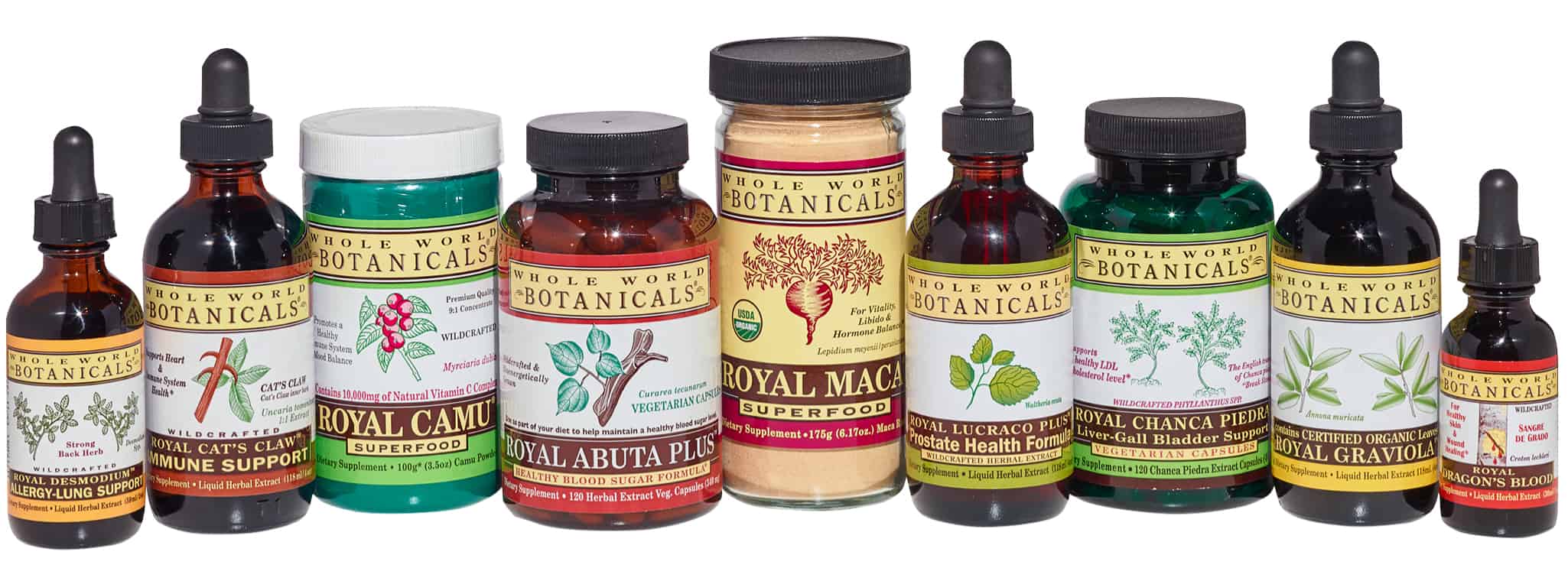CAT’S CLAW: NATURE’S MEDICINE CABINET
Cat’s Claw and Brain Performance
By Viana Muller, PhD
Cat’s Claw and Brain Performance
Did you know that your microbiome is also home to what’s sometimes called your “second brain,” or more formally, the enteric nervous system, or ENS?
Your ENS is a mesh-like system of more than 500 million neurons – nerve cells – that line the gastrointestinal tract from the esophagus to the rectum. Like the brain, the ENS produces and uses neurotransmitters like dopamine and serotonin that affect our mood and behavior.
In the bestselling book, The Mind-Gut Connection, author Emeran Mayer, MD writes: “Every day more and more scientific literature offers evidence that disturbances of brain-gut interaction have implications for a wide array of health issues, from conditions like food sensitivities and functional GI disorders, to psychiatric disorders like depression…”
It makes sense, then, that Cat’s Claw, with its ability to support a healthy gut microbiome, can also support a healthy ENS. In fact, researchers are discovering that a healthy microbiome is directly linked to reduced rates of depression and anxiety, and improved mood, wellbeing, and cognition. Many of our customers report that regular use of our Royal Cat’s Claw ™ improves their mood far better than prescription antidepressants. Carl G., a 63-year-old man who was taking Cat’s Claw to relieve constipation, asked me, “Viana, what’s this Cat’s Claw got in it? I feel so happy since I started taking it.*”
In the burgeoning field of nootropics – substances that can boost brain performance – Cat’s Claw is also getting much-deserved attention. One of the alkaloids in Cat’s Claw, Rhynchophylline, has been shown to have neuroprotective effects, helping to enhance mood, memory and cognition. Research even found that Cat’s Claw can inhibit the deposit of amyloid-beta protein in the brain – a key factor in Alzheimer’s disease. This finding led Dr. Alan Snow, a neuroscientist and Alzheimer’s researcher, to say that Cat’s Claw may be a “potential breakthrough for the natural treatment of both normal brain aging and Alzheimer’s disease.*” (Citation: www.nature.com )






















